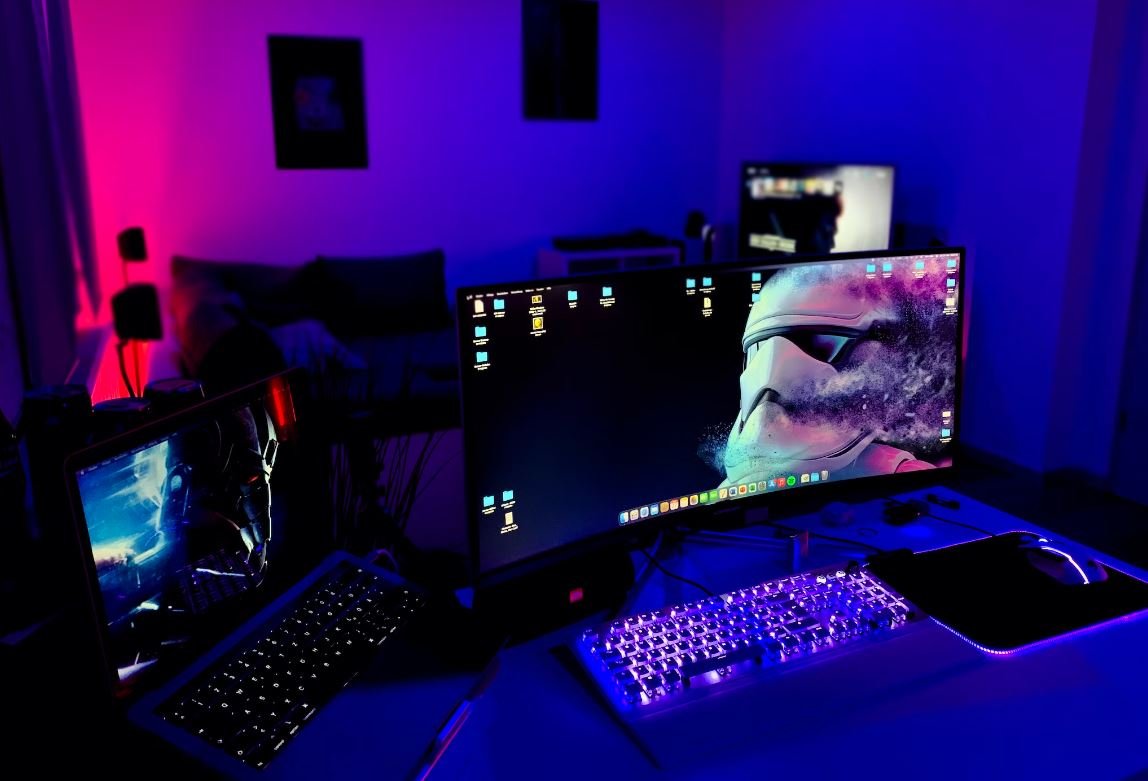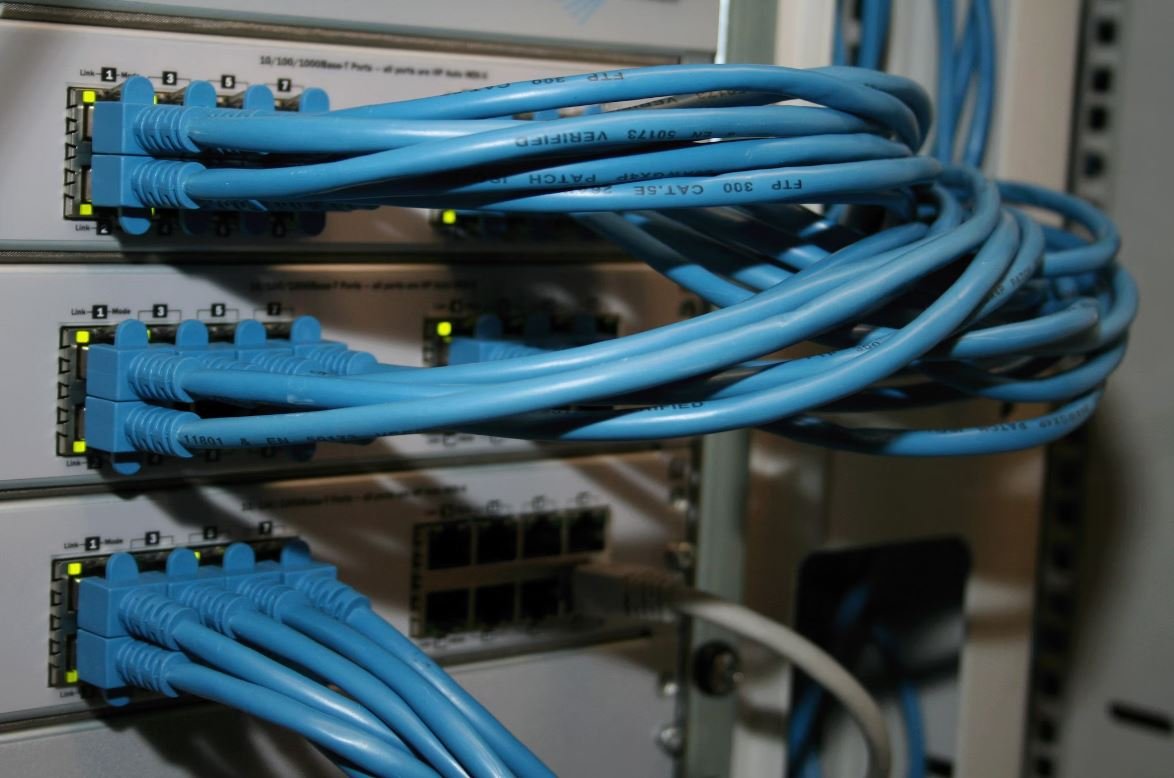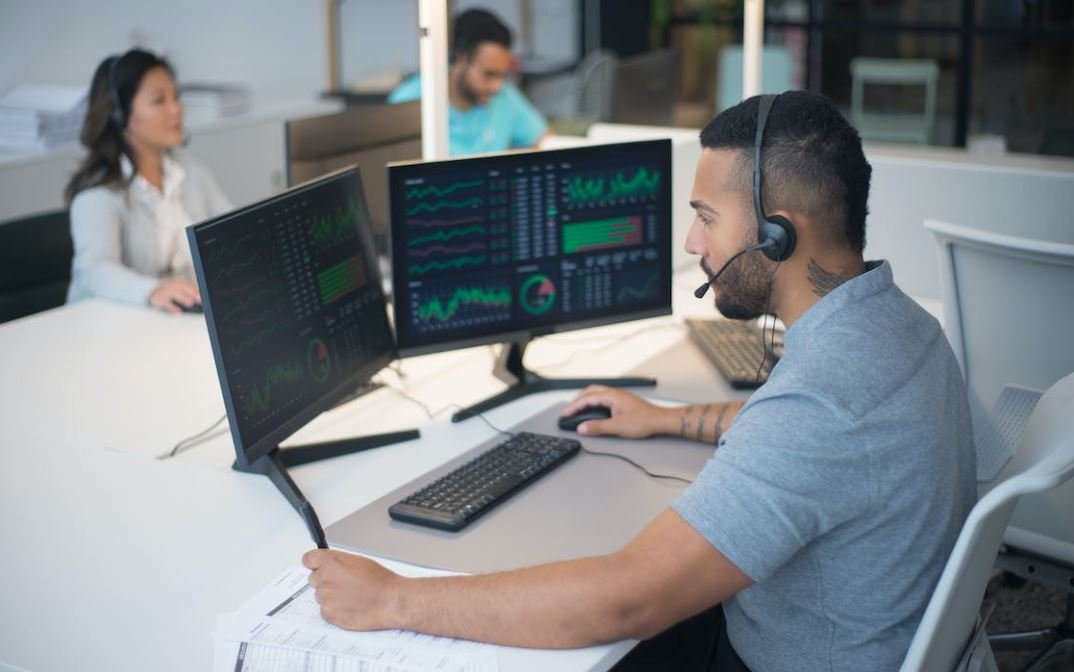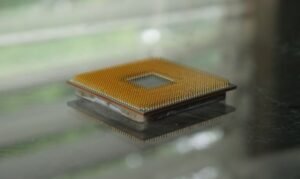Is It Deepfake or Deepfake?
With the rise of advanced artificial intelligence and machine learning technologies, it has become easier than ever to create highly realistic videos that can deceive even the most discerning eye. This has given birth to a new phenomenon called deepfakes, which are manipulated videos that superimpose a person’s face onto someone else’s body. The ability to create deepfakes has raised concerns about the potential misuse of this technology, making it important to understand and identify real versus fake videos.
Key Takeaways:
- Deepfakes are manipulated videos that use AI technology to superimpose a person’s face onto someone else’s body.
- The increasing ease of creating deepfakes raises concerns about their potential misuse.
- It’s essential to be able to recognize deepfakes to avoid falling victim to misinformation.
Understanding Deepfakes
Deepfakes utilize artificial intelligence algorithms, such as generative adversarial networks (GANs), to analyze and manipulate vast amounts of data, enabling the creation of highly realistic videos that are difficult to distinguish as fake. These videos often involve face-swapping, voice synthesis, and even body movements. *Deepfakes can be generated using publicly available tools and released on social media platforms with ease.
The Impact of Deepfakes
The emergence of deepfakes has far-reaching implications, particularly in the realms of politics, journalism, and personal privacy. **Deepfake videos can be used to spread misinformation, influence public opinion, and damage reputations. The potential harm caused by deepfakes calls for increased awareness and countermeasures to mitigate their impact.
Spotting a Deepfake
While deepfakes can be incredibly convincing, there are certain signs that can help identify them:
- Visual abnormalities or distortions, such as unnatural facial movements or odd shadows.
- Inconsistent or mismatched audio, where the speech does not align perfectly with the lip movements.
- Contextual anomalies, such as an unrealistic location or impossible interactions.
- Discrepancies in content, such as sudden shifts in image quality or sudden changes in lighting.
Examples of Deepfake Applications:
| Field | Application |
|---|---|
| Entertainment | Creating realistic scenes in movies or TV shows that may be difficult or costly to film. |
| Education | Using deepfakes for historical reenactments or interactive learning experiences. |
| Training | Simulating real-life scenarios for training purposes in various industries, including healthcare and law enforcement. |
Combating Deepfakes
To address the growing concern over deepfakes, several approaches are being developed:
- Enhancing forensic techniques to detect manipulated videos and uncover potential deepfakes.
- Developing advanced algorithms and AI models to identify subtle inconsistencies or anomalies in videos.
- Promoting media literacy and critical thinking skills to empower individuals to recognize deepfakes and verify information.
- Collaboration between tech companies, researchers, and policymakers to implement effective strategies and regulations.
Conclusion
As deepfake technology continues to evolve, it is crucial for individuals, organizations, and society as a whole to stay cautious and informed about the potential risks and implications. By being able to identify deepfakes and supporting efforts to combat their spread, we can mitigate their harmful effects and foster a more trustworthy digital environment.

Common Misconceptions
Deepfake vs. Deepfake
One common misconception people have is wrongly using the terms “Deepfake” and “Deepfake” interchangeably. While they may sound similar, they have different meanings and applications.
- Deepfake refers to the technology that involves manipulating or generating synthetic media, usually videos or images.
- Deepfake, on the other hand, can unintentionally refer to a misspelling or a typographical error.
- It is important to use the correct terminology to avoid confusion and maintain clarity in discussions.
Absolute Accuracy
Another common misconception is that deepfakes are always highly accurate and undetectable. While deepfake technology continues to advance, it is not flawless and can often exhibit imperfections.
- Deepfake algorithms have limitations and may struggle with certain aspects like facial expressions or subtle movements.
- There are often telltale signs such as anomalies around the eyes or hairline that can indicate a deepfake.
- It is essential to be cautious and critically analyze any media before jumping to conclusions.
Exclusive Use in Malicious Activities
Many people believe that deepfake technology is exclusively used for malicious activities or spreading misinformation. While it is true that deepfakes can be used for nefarious purposes, they also have potential positive applications.
- Social media platforms can use deepfake technology to improve user experience and entertainment by creating personalized content.
- Deepfakes can be utilized in the entertainment industry for special effects and bringing historical figures back to life.
- It is crucial to recognize both the risks and possibilities of deepfakes to have a balanced understanding of their impact.
Easily Created by Anyone
There is a misconception that anyone can easily create deepfakes with minimal skills or resources. However, generating convincing deepfakes typically requires technical expertise and specific software or tools.
- Proficient knowledge in deep learning and AI is essential to create realistic deepfakes.
- Access to powerful hardware, such as high-performance GPUs, is often necessary for efficient deepfake generation.
- Creating sophisticated deepfakes is not a simple task and involves a considerable investment of time and resources.
Incalculable Harm
Some people believe that deepfakes will inevitably lead to irreparable harm and destruction. While deepfakes pose certain risks, it is crucial to assess the extent of their actual impact.
- There are already legal frameworks and possible countermeasures being developed to tackle deepfake-related challenges.
- Public awareness and education can play a crucial role in minimizing the harm caused by deepfakes.
- It is important to address the risks proactively while allowing for continued technological innovation and development.

Table: Worldwide Deepfake Awareness Levels
According to a global survey conducted in 2021, this table illustrates the prevalence of deepfake awareness in different countries. The data shows the percentage of respondents who reported being familiar with the concept of deepfakes.
| Country | Deepfake Awareness (%) |
|---|---|
| United States | 76 |
| United Kingdom | 62 |
| Canada | 54 |
| Australia | 49 |
| Germany | 42 |
| France | 38 |
| India | 32 |
| Japan | 28 |
| Brazil | 21 |
| South Africa | 15 |
Table: Potential Deepfake Use Cases
This table presents various potential use cases of deepfake technology, highlighting its wide-ranging applications and implications in different fields.
| Use Case | Description |
|---|---|
| Entertainment | Creating lifelike digital avatars of actors for movies and TV shows. |
| Politics | Manipulating videos to spread misinformation and influence elections. |
| Education | Developing interactive educational content with virtual teachers. |
| Security | Potential misuse in identity theft or swindling. |
| Marketing | Creating persuasive ad campaigns with fabricated endorsements. |
| Journalism | Risk of misleading news stories by altering factual videos. |
Table: Deepfake Detection Techniques
Deepfake detection techniques are essential in countering the potential harm caused by manipulated videos. This table showcases different methods utilized to identify deepfake content.
| Detection Technique | Accuracy (%) |
|---|---|
| Facial Analysis | 92 |
| Audio Analysis | 85 |
| Metadata Analysis | 78 |
| Blockchain Verification | 64 |
| Forensic Analysis | 57 |
Table: Percentage of Deepfakes Shared on Social Media
This table provides insight into the prevalence of deepfake videos circulating on various social media platforms.
| Social Media Platform | Percentage of Deepfakes (%) |
|---|---|
| 33 | |
| 27 | |
| 18 | |
| TikTok | 13 |
| YouTube | 9 |
Table: Deepfake Impact on Public Trust
This table highlights the potential ramifications of deepfake technology on public trust in different sectors.
| Sector | Level of Trust Reduction |
|---|---|
| News Media | 21% |
| Poltics | 39% |
| Law Enforcement | 32% |
| Businesses | 16% |
| Technology | 27% |
Table: Top Deepfake Concerns
This table addresses the predominant concerns associated with the rise of deepfake technology as reported by experts and the general public.
| Concern | Percentage of Respondents |
|---|---|
| Spread of Misinformation | 64% |
| Erosion of Trust | 49% |
| Political Manipulation | 42% |
| Privacy Violations | 36% |
| Impersonation Attacks | 28% |
Table: Deepfake Generation Time
This table presents estimated generation times for deepfake videos using different computational resources.
| Computational Resources | Generation Time (Hours) |
|---|---|
| High-end GPUs | 2 |
| Cloud Computing | 6 |
| Consumer-grade GPUs | 12 |
| CPU-based | 24 |
Table: Deepfake Regulations by Country
This table outlines the status of deepfake regulations in different countries, indicating whether legal frameworks exist or are in progress.
| Country | Regulations |
|---|---|
| United States | Legislation in progress |
| United Kingdom | Guidelines established |
| Canada | Proposed legislation |
| Australia | No specific regulations |
| Germany | Regulatory frameworks being developed |
Table: Deepfake Impact on Cybersecurity
This table sheds light on the potential cybersecurity risks posed by deepfake technology.
| Cybersecurity Risk | Consequences |
|---|---|
| Phishing Attacks | Increased success rates due to impersonation. |
| Malware Distribution | False video links leading to malware downloads. |
| Business Espionage | Exfiltration of sensitive data using fabricated personas. |
| Identity Theft | Manipulated videos used for identity fraud. |
| Financial Fraud | Trading manipulations based on fabricated video statements. |
Deepfake technology has emerged as a double-edged sword, holding promises and threats alike. As the tables above illustrate, its increasing prevalence raises concerns regarding its impact on public trust, cybersecurity, and the spread of misinformation. While detection techniques and regulatory efforts continue to develop, the ever-evolving nature of deepfakes emphasizes the need for ongoing vigilance and awareness. To effectively navigate this digital landscape, we must remain critical consumers of media and support initiatives that promote accountability and transparency.
Frequently Asked Questions
What is a deepfake?
A deepfake refers to a technique that uses artificial intelligence (AI) to digitally manipulate and alter video, audio, or images to depict something that did not actually happen.
How are deepfakes created?
Deepfakes are created by training a machine learning model on a large dataset of real and manipulated media. The model then uses this training to generate realistic fake content by combining different elements.
What are the potential uses of deepfakes?
Deepfakes can be used for entertainment purposes, such as creating funny videos or mimicking famous personalities. However, they can also be misused to spread disinformation, blackmail, or manipulate public opinion.
How can I detect if a video or image is a deepfake?
Detecting deepfakes can be challenging as the technology behind them continues to improve. However, there are methods and tools available, such as analyzing facial inconsistencies, unnatural eye movements, or using specialized AI algorithms, that can help identify potential deepfakes.
What are the ethical concerns associated with deepfakes?
Deepfakes raise various ethical concerns, including privacy violations, potential harm to individuals by spreading false information, and the erosion of trust in media and visual evidence.
Are there any legal implications related to deepfakes?
Yes, deepfakes can have legal implications. Creating and distributing deepfakes without consent can lead to defamation, privacy invasion, or copyright infringement. Laws regarding deepfakes vary across jurisdictions.
What measures are being taken to address the threat of deepfakes?
Organizations, researchers, and technology companies are investing in developing better detection tools, promoting media literacy, and advocating for stricter regulations to combat the negative impacts of deepfakes.
Can deepfake technology be used for positive purposes?
While deepfakes have gained notoriety for their potential misuse, they can also be used for positive purposes. For example, deepfake technology can be utilized in filmmaking, gaming, or enhancing accessibility for individuals with disabilities.
How can individuals protect themselves from deepfake threats?
Individuals can protect themselves by being skeptical of unfamiliar or unverified sources, fact-checking information, being cautious while sharing personal media, and staying informed about the latest advancements in deepfake detection techniques.
What should I do if I come across a deepfake?
If you come across a deepfake, it is important to refrain from sharing it further to prevent its spread. Report the content to the appropriate platforms or authorities, and inform others about its potential falseness.




